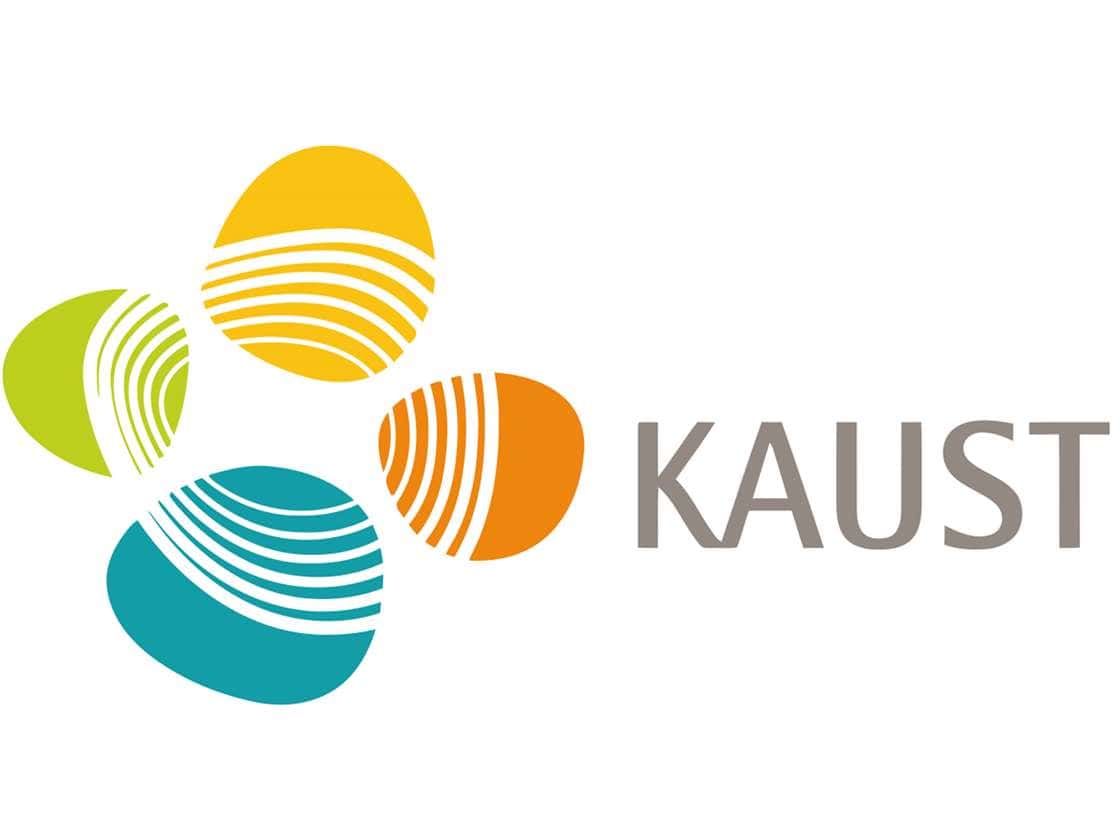The Future of Green Fuel Production: KAUST Researchers Produced Electrode Using Low-cost Material
2 min. read
Published on
Read our disclosure page to find out how can you help MSPoweruser sustain the editorial team Read more

Researchers at King Abdullah University of Science and Technology (KAUST) were surprised with the success of their research after they created a highly active electrode using inexpensive earth-abundant metals. The product is needed by high-performance water-splitting devices that release oxygen at the anode and hydrogen at the cathode by splitting water molecules. According to scientists, it could pave the way to the low-cost method for generating carbon-free fuels.
“Our motivation is to replace the precious metal-based anode in water-splitting systems, reducing costs and fostering convenient mass production while not compromising on performance,” said Pravin Babar, a postdoc in Cafer Yavuz’s lab leading the research. “We have developed an interface engineering strategy that uses more cost-effective materials that demonstrate performance almost on par with standard precious-metal-based anodes.”
KAUST researchers demonstrated the process utilizing a metal foam coated with iron and cobalt nanomaterials. They applied a simple, rapid, and scalable wet-chemical approach to grow two-dimensional cobalt iron hydroxide (CoFe-OH) nanosheets on nickel foam substrates and deposit iron oxyhydroxide (FeOOH) nanoparticles onto the surface.
“By using nanomaterial deposition to engineer the interface between the electrode and the water, the team created a material that combined high electrical conductivity with a high surface area covered with abundant active sites for molecular oxygen (O2) production,” KAUST reported.
The test showed a promising result after the material proved to be strong enough to maintain its performance over an extended number of hours. KAUST revealed that within 50-hours of continuous use, the material stayed consistent.
“Based on its remarkable oxygen evolution reaction performance, kinetics and long-term stability at high current density compared to other recently reported catalysts, our material is the most suitable candidate for a low-cost oxygen evolution reaction electrode,” said Babar.
Yavuz also expressed his joy with the synergistic performance gains achieved by seamlessly combining nanomaterials in a single electrode material.
“This is our first foray into renewable hydrogen from water electrolysis,” he says. “Our goal is to develop a sustainable system for overall water splitting, not just the oxygen evolution reaction,” he said. “We are very excited that our designs are working and expect to have a working prototype device in a few years.”








User forum
0 messages